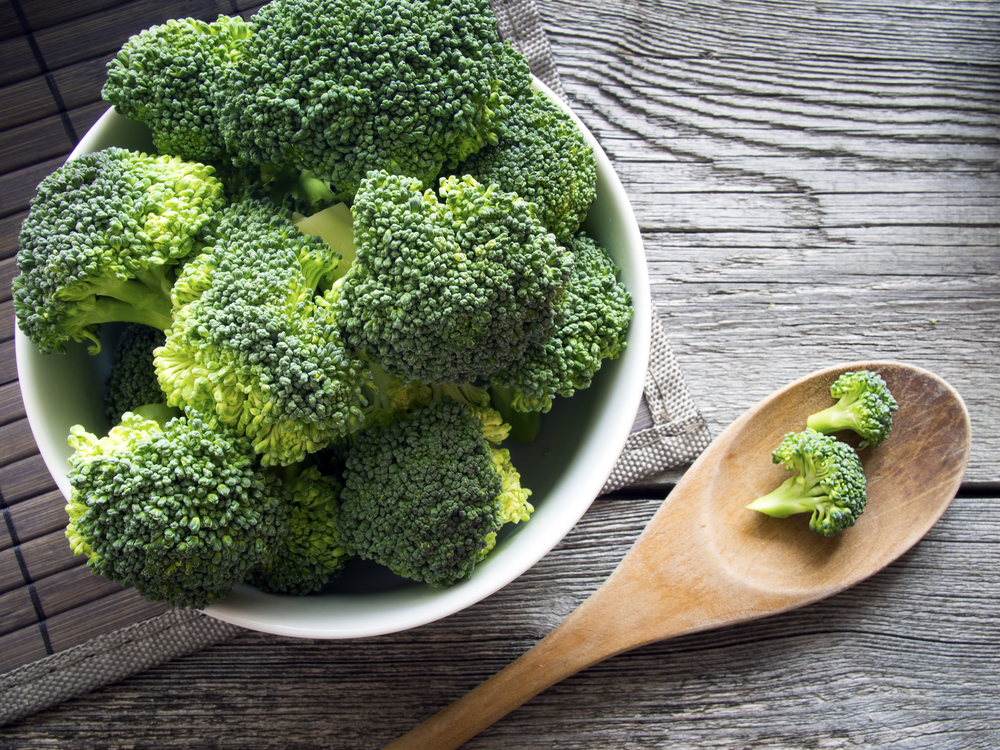Broccoli Sprout Homogenate for Sickle Cell Disease Evaluated, Found to Be Safe, Well-Tolerated
Written by |

Researchers believe that activating a specific oxidative stress regulator with sulforaphane (SFN), a chemical compound found in vegetables such as broccoli and brussels sprouts, might have a therapeutic benefit in patients with sickle cell disease (SCD).
They tested their hypothesis in a Phase 1 study that evaluated broccoli sprout homogenate (BSH), which naturally contains SFN, in adults with SCD. Results indicate that BSH treatment was safe and well-tolerated, although other effective compounds should be tested to obtain a more relevant physiological response.
The research paper, “Phase 1 Study of a Sulforaphane-Containing Broccoli Sprout Homogenate for Sickle Cell Disease,” was published in PLOS One.
Hydroxyurea, the only FDA-approved SCD drug, appears to benefit patients, at least in part, due to its ability to induce fetal hemoglobin (HbF). Increased levels of HbF inhibit red blood cell sickling and correlate with overall reduced disease severity.
Recent research suggests that NRF2 (nuclear factor [erythroid-derived 2]-like 2) activation may benefit SCD patients by both increasing HbF levels and enhancing oxidative stress capacity. But this potential has yet to be fully explored.
Here, researchers explored the activation of NRF2 in SCD patients with SFN through broccoli sprout homogenate (BSH), a natural, readily available product which has been used as an NRF2 activator in several therapeutic areas. A dose-escalation clinical trail was conducted to identify the safety and physiological effects of NRF2 activation via BSH ingestion in SCD patients.
“In this pilot trial, the primary objective was to determine the safety and tolerability of oral ingestion of BSH in SCD patients. The secondary objective was to identify whether ingestion of BSH could elicit physiological response markers indicative of NRF2 activation,” researchers wrote.
Patients were enrolled for three dose levels of BSH: five patients at 50g, five patients at 100g, and six patients at 150g. Ultimately, 11 subjects were enrolled and 10 were treated, while five subjects participated in more than one dose group.
Results indicated that BSH was well-tolerated, with no specific-related adverse effects. Moreover, compared to pre-treatment, on the last day of BSH treatment researchers observed an increase in the levels of certain genetic NRF2 targets but no significant changes in the levels of HbF.
“While our data reflect only modest changes in NRF2-mediated gene expression, they are highly encouraging and suggest that treatment with more potent NRF2 activators over an extended period may lead to more significant, favorable physiological responses in patients with sickle cell disease,” the authors wrote.





